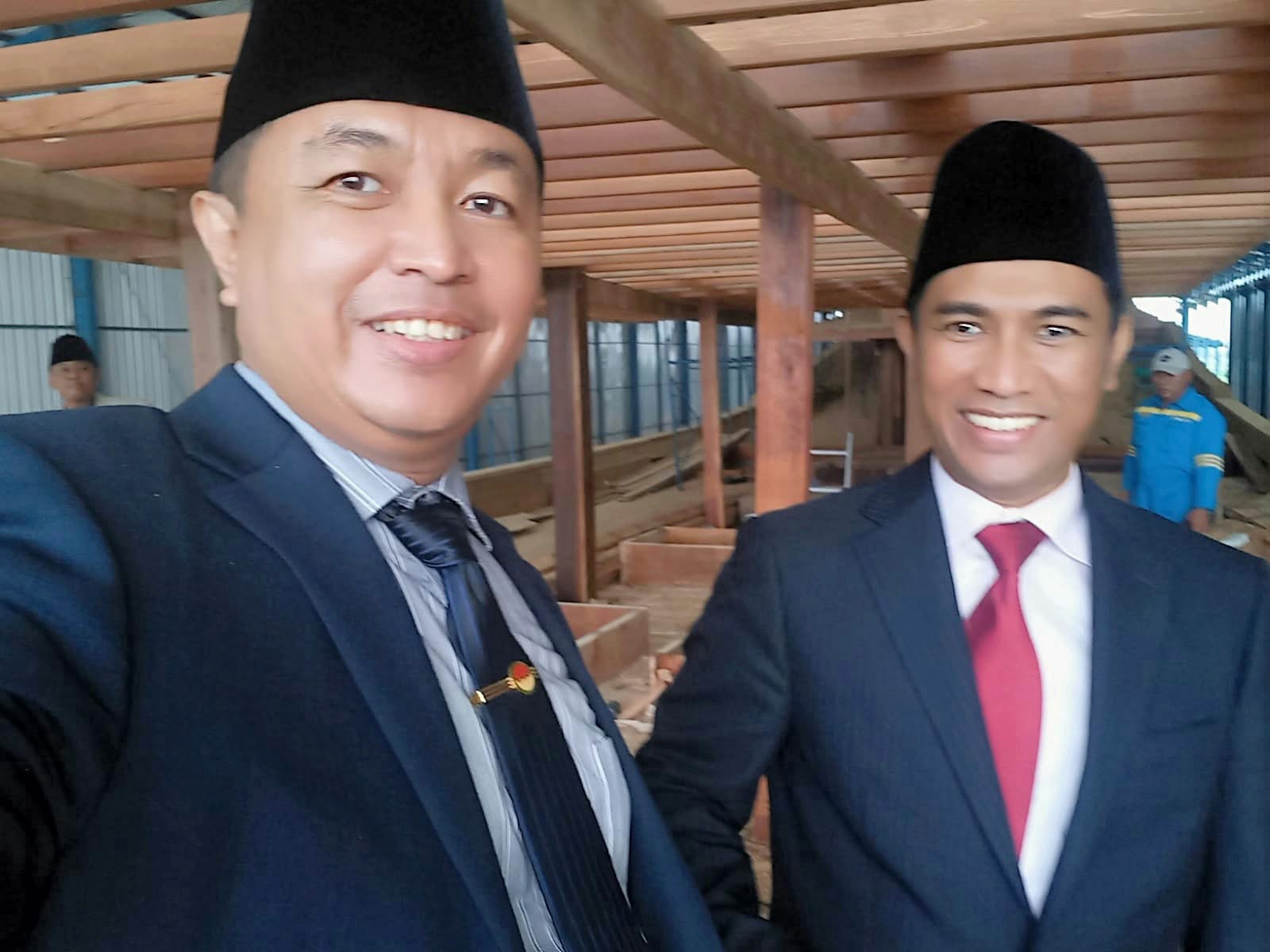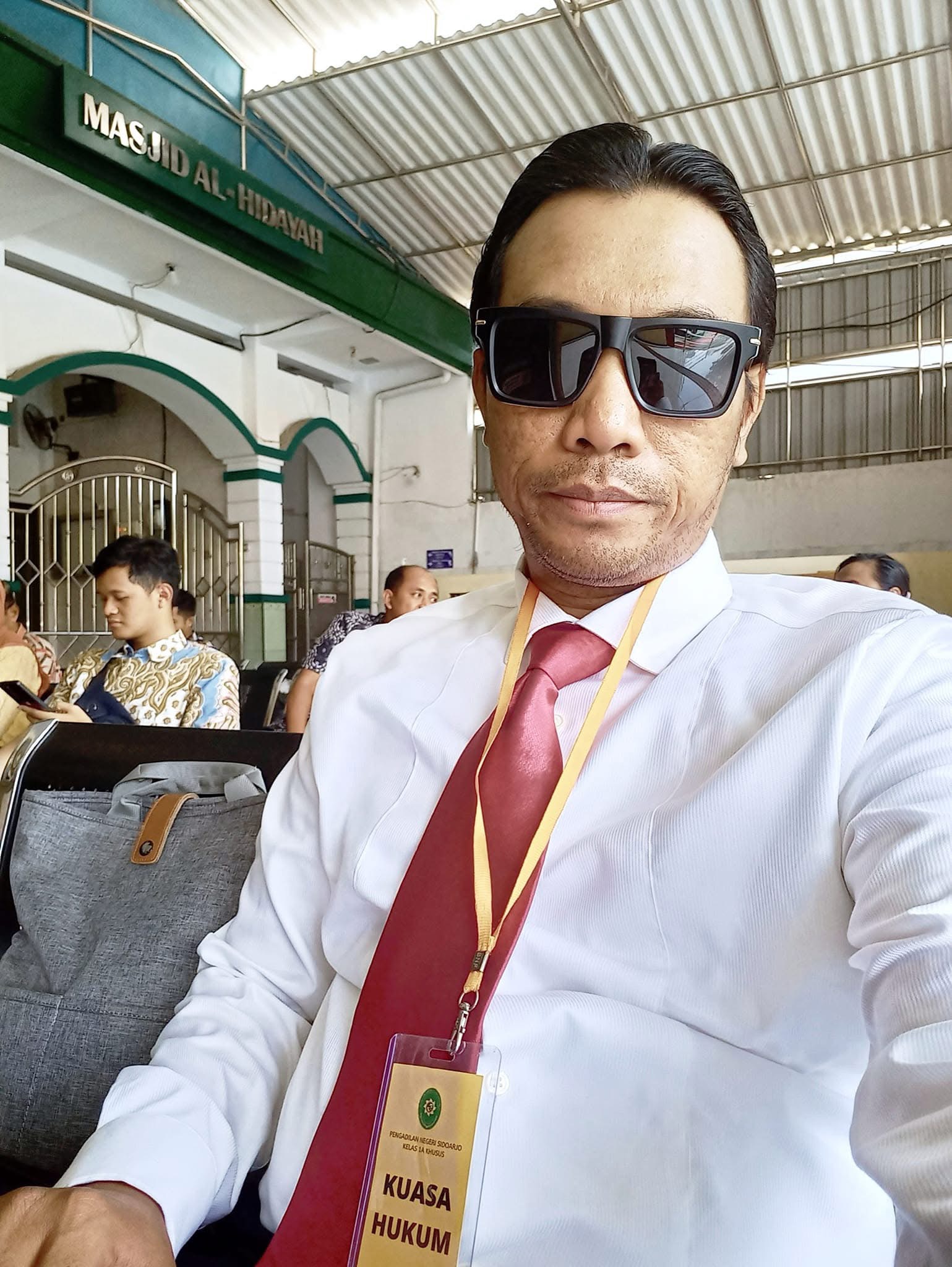Harnessing Science, Technology, and Innovation for a More Inclusive World: Celebrating the International Day of Science, Technology, and Innovation for the South.
By:
Yayasan pendidikan Indonesia
Special consultative status in ECOSOC
United Nations
Introduction.
Every year, on September 16, the world comes together to celebrate the International Day of Science, Technology, and Innovation for the South, a day dedicated to recognizing the transformative power of science, technology, and innovation (STI) in advancing the United Nations’ Sustainable Development Goals (SDGs) or #GlobalGoals. These goals aim to create a more inclusive, equitable, and sustainable world by 2030. Yet, despite their potential, many countries in the Global South face significant gaps and challenges in leveraging STI to achieve these ambitions. This article explores the critical role of STI in building a better future, the hurdles that persist, and how the global community can work together to bridge these divides.
The Power of Science, Technology, and Innovation.
Science, technology, and innovation are the engines of progress. From eradicating poverty (SDG 1) to ensuring clean water and sanitation (SDG 6), quality education (SDG 4), and climate action (SDG 13), STI provides the tools to address some of the world’s most pressing challenges. For instance:
- Healthcare advancements: Innovations like affordable vaccines, telemedicine, and AI-driven diagnostics have revolutionized healthcare access in remote areas.
- Sustainable agriculture: Precision farming technologies and drought-resistant crops help farmers in the Global South boost yields while combating climate change.
- Education access: E-learning platforms and low-cost digital devices are breaking barriers to education, empowering millions with knowledge and skills.
- Clean energy: Solar and wind technologies are bringing electricity to off-grid communities, fostering economic growth and reducing carbon footprints.
These examples highlight how STI can drive inclusivity, ensuring that marginalized communities are not left behind. However, the benefits of STI are not evenly distributed, and the Global South—comprising developing nations in Africa, Asia, Latin America, and Oceania—faces unique challenges in harnessing these tools.
The Gaps and Challenges in the Global South.
Despite the promise of STI, many countries in the Global South struggle to fully integrate these advancements into their societies. The barriers are multifaceted:
- Limited Infrastructure: Many regions lack reliable electricity, internet connectivity, or research facilities, hindering the adoption of new technologies. For example, only 35% of Sub-Saharan Africa’s population had access to the internet in 2023, compared to 90% in developed nations.
- Funding Shortages: Research and development (R&D) require significant investment, but many developing countries allocate less than 1% of their GDP to R&D, far below the global average of 2.5%.
- Brain Drain: Talented scientists and innovators often migrate to wealthier nations for better opportunities, leaving a gap in local expertise.
- Policy and Governance Issues: Weak intellectual property laws, bureaucratic inefficiencies, and lack of coordination between governments, academia, and industries can stifle innovation.
- Digital Divide: While digital technologies are transforming lives, unequal access to devices and skills leaves millions excluded from the digital economy.
These challenges perpetuate inequality, making it harder for the Global South to achieve the #GlobalGoals. Without addressing these gaps, the vision of an inclusive world remains out of reach.
The International Day of Science, Technology, and Innovation for the South
The International Day of Science, Technology, and Innovation for the South, observed annually on September 16, serves as a clarion call to address these challenges. Established by the United Nations, this day emphasizes the need to strengthen STI capacities in developing countries to accelerate progress toward the SDGs. It’s a moment to celebrate successes, share knowledge, and foster collaboration between nations, institutions, and communities.
This year, as we mark the day on Tuesday, September 16, 2025, the focus is on actionable solutions. From grassroots initiatives to global partnerships, the world is rallying to ensure that STI becomes a cornerstone of development in the Global South.
Bridging the Gap: Solutions for an Inclusive Future.
To unlock the full potential of STI, concerted efforts are needed to overcome the barriers faced by the Global South. Here are some strategies to make STI a catalyst for inclusivity:
- Investing in Infrastructure: Governments and international organizations must prioritize building digital and physical infrastructure, such as broadband networks and research labs, to support innovation.
- Boosting R&D Funding: Public-private partnerships can channel more resources into R&D, focusing on locally relevant solutions like affordable healthcare or climate-resilient crops.
- Capacity Building: Training programs for scientists, engineers, and entrepreneurs can nurture local talent and reduce brain drain. Scholarships and mentorship initiatives can empower the next generation of innovators.
- South-South Cooperation: Countries in the Global South can share best practices and technologies. For example, India’s low-cost space missions or Kenya’s mobile payment systems (like M-Pesa) offer models that other nations can adapt.
- Inclusive Policies: Governments should create enabling environments through tax incentives, intellectual property protections, and streamlined regulations to encourage innovation.
- Bridging the Digital Divide: Initiatives like community internet hubs and affordable smartphones can democratize access to digital tools, ensuring no one is left behind.
Success Stories from the Global South.
Despite the challenges, inspiring examples show what’s possible when STI is harnessed effectively:
- Rwanda’s Drone Revolution: Rwanda has become a global leader in using drones to deliver medical supplies, such as blood and vaccines, to remote areas, improving healthcare access.
- India’s Digital India Initiative: By expanding internet access and promoting digital literacy, India has empowered millions to participate in the digital economy, from online education to e-commerce.
- Brazil’s Biofuel Innovation: Brazil’s investment in ethanol from sugarcane has reduced reliance on fossil fuels, contributing to climate action and energy security.
These stories demonstrate that with the right policies and investments, the Global South can lead the way in STI-driven development.
A Call to Action.
The International Day of Science, Technology, and Innovation for the South is more than a celebration—it’s a reminder that achieving the #GlobalGoals requires collective action. Governments, businesses, academia, and civil society must work together to ensure that STI benefits everyone, especially the most vulnerable.
By addressing the gaps in infrastructure, funding, and access, we can create a world where innovation drives inclusivity, sustainability, and prosperity.
As we commemorate this day on September 16, 2025, let’s commit to empowering the Global South through science, technology, and innovation. Together, we can build a future where no one is left behind, and the #GlobalGoals become a reality for all.




